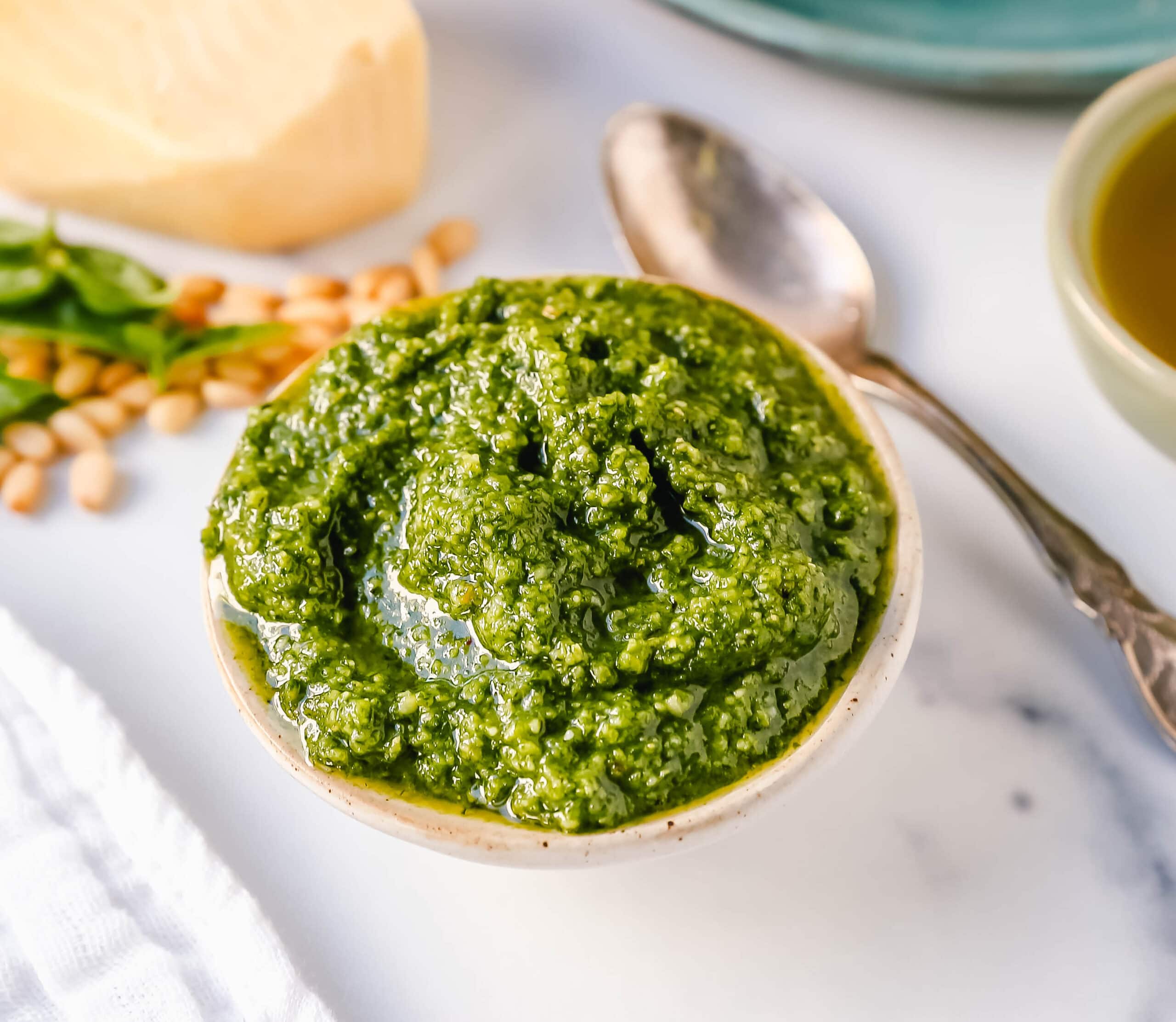

Articles
How To Store Homemade Pesto
Modified: February 24, 2024
Learn how to properly store homemade pesto with our informative articles. Keep your pesto fresh and delicious for longer!
(Many of the links in this article redirect to a specific reviewed product. Your purchase of these products through affiliate links helps to generate commission for Storables.com, at no extra cost. Learn more)
Introduction
Homemade pesto is a delightful and versatile sauce that can elevate the flavor of any dish. Made with fresh basil, garlic, pine nuts, Parmesan cheese, and olive oil, it combines the vibrant flavors of herbs, nuts, and cheese into a deliciously fragrant and creamy sauce.
While pesto is commonly available in stores, making your own homemade pesto allows you to control the quality of ingredients and customize the flavors to suit your taste buds. Plus, preparing a large batch of homemade pesto enables you to enjoy the sauce whenever you desire, whether it’s tossed with pasta, spread on sandwiches or pizza, or used as a marinade.
In this article, we will guide you through the process of making homemade pesto and share tips on how to store it properly for long-term use. So, let’s gather our ingredients and get started!
Key Takeaways:
- Elevate your dishes with vibrant homemade pesto by following simple steps and personalized adjustments. Store in airtight containers, label, and date for long-lasting freshness and convenience.
- Unleash your creativity with homemade pesto in pasta, spreads, marinades, and more. Properly store in the freezer or refrigerator, and enjoy the flavorful possibilities for months to come.
Read more: How To Store Pesto
Ingredients
To make homemade pesto, you will need the following ingredients:
- 2 cups fresh basil leaves
- 3 cloves of garlic
- 1/4 cup pine nuts
- 1/2 cup grated Parmesan cheese
- 1/2 cup extra virgin olive oil
- Salt and pepper to taste
These simple ingredients come together to create a vibrant and flavorful pesto sauce that will elevate your dishes to new heights.
It’s important to note that you can adjust the quantities of the ingredients based on your preference. If you love the bold taste of garlic, feel free to add an extra clove or two. Similarly, if you prefer a milder flavor, reduce the amount of garlic accordingly. Remember, homemade pesto is all about personalization!
Equipment Needed
To make homemade pesto, you will need the following equipment:
- A blender or food processor: This is essential for properly blending the ingredients into a smooth and creamy consistency. Choose a blender or food processor with a strong motor and sharp blades.
- A spatula: To scrape down the sides of the blender or food processor and ensure all the ingredients are well incorporated.
- Storage containers: You will need airtight containers to store the pesto. Mason jars, plastic containers, or freezer-safe bags are all suitable options.
- Labels and markers: It’s helpful to label your containers with the date of preparation to keep track of freshness. Additionally, you can label the containers with any additional ingredients or variations you have added to the pesto.
Having these equipment ready will make the process of making and storing homemade pesto much more efficient and enjoyable.
Step 1: Preparing the Basil
The first step in making homemade pesto is preparing the basil. Follow these simple steps:
- Wash the basil leaves: Start by carefully washing the fresh basil leaves under cool running water. This will remove any dirt or debris.
- Dry the basil leaves: Gently pat the basil leaves dry with a clean kitchen towel or paper towels. It’s important to remove excess moisture as it can affect the texture and flavor of the pesto.
- Remove the stems: Discard any tough stems from the basil leaves, as they can add a bitter taste to the pesto. Focus on using the tender leaves for the best flavor.
Once you have prepared the basil leaves, you are ready to move on to the next step of blending the ingredients.
Step 2: Blending the Ingredients
With the basil prepared, it’s time to blend the ingredients together to create the flavorful pesto sauce. Follow these steps:
- Add the basil, garlic, pine nuts, and Parmesan cheese to the blender or food processor.
- Start blending: Pulse the ingredients a few times to break them down. Then, slowly drizzle in the olive oil while continuing to blend.
- Scrape down the sides: Use a spatula to scrape down the sides of the blender or food processor to ensure all the ingredients are incorporated.
- Continue blending: Blend until the mixture is smooth and creamy. If needed, add more olive oil to achieve your desired consistency.
- Taste and season: Once blended, taste the pesto and add salt and pepper to your liking. Adjust the flavors to suit your preferences.
Blending the ingredients together will result in a vibrant and fragrant pesto sauce. The combination of the fresh basil, garlic, pine nuts, Parmesan cheese, and olive oil creates a rich and indulgent flavor profile that will tantalize your taste buds.
Note: If you prefer a chunkier texture, you can blend the ingredients for less time or pulse them instead of continuous blending. Personalize the pesto to your liking!
Store homemade pesto in an airtight container, covering the surface with a thin layer of olive oil to prevent oxidation. Keep it refrigerated for up to a week or freeze in ice cube trays for longer storage.
Read more: How To Store Fresh Pesto
Step 3: Transferring to Storage Containers
After blending the pesto to perfection, it’s time to transfer it to storage containers. Follow these steps:
- Choose your containers: Select airtight containers that are suitable for storing the pesto. Mason jars, plastic containers, or freezer-safe bags are all great options.
- Spoon the pesto into the containers: Use a spoon or spatula to transfer the pesto from the blender or food processor into the chosen containers.
- Press out any air bubbles: Gently tap the containers on a countertop to release any air bubbles that may have formed. This will help prolong the freshness of the pesto.
- Smooth and level the surface: Use the back of a spoon to smooth and level the surface of the pesto in the containers. This will aid in proper storage and easy portioning later on.
- Seal the containers: Make sure to tightly seal the containers to prevent air from entering and to maintain the flavor and quality of the pesto.
By transferring the pesto to storage containers, you can ensure its longevity and convenient accessibility. Ready for the next step? Let’s move on to storing the homemade pesto!
Step 4: Freezing or Refrigerating
Now that you have transferred the pesto to storage containers, it’s time to decide whether you want to freeze or refrigerate it. Here are the steps for each option:
Option 1: Freezing
- If you want to store the pesto for a longer period, freezing is the ideal method.
- For easier portioning, you can divide the pesto into smaller containers or use ice cube trays.
- Ensure the containers are airtight and freezer-safe to prevent freezer burn and maintain the freshness of the pesto.
- Label the containers with the date and any additional information for future reference.
- Place the containers in the freezer and allow them to freeze completely.
Option 2: Refrigerating
- If you plan on using the pesto within a week or so, refrigerating is a convenient option.
- Make sure the storage containers are airtight to prevent oxidation and maintain the flavor.
- Label the containers with the date of preparation for easy tracking.
- Place the containers in the refrigerator and store them in the coldest part to maintain freshness.
Whether you choose to freeze or refrigerate the pesto, it’s important to use proper storage techniques to ensure the taste and quality remain intact. Now, let’s explore how to use the homemade pesto!
Step 5: Using the Homemade Pesto
Congratulations, now you have your homemade pesto ready to be used in a variety of delicious ways! Here are some ideas on how to enjoy your homemade pesto:
- Pasta sauce: Toss cooked pasta with pesto for a quick and flavorful meal. You can also add some sautéed vegetables, grilled chicken, or shrimp to make it even more filling and nutritious.
- Spread or dip: Use pesto as a spread for sandwiches, wraps, or burgers. It adds a burst of flavor to any savory dish. You can also use it as a dip for bread, crackers, or vegetables.
- Pizza topping: Instead of traditional tomato sauce, spread pesto on pizza crust for a unique and mouthwatering flavor. Top with your favorite cheeses, vegetables, or meats for a gourmet twist.
- Marinade: Use pesto as a marinade for chicken, fish, or vegetables before grilling or baking. It adds a delicious herbaceous taste and helps keep the food moist and flavorful.
- Stir into soups and stews: Add a spoonful of pesto to your favorite soups or stews to enhance the flavor and give them a vibrant green color.
Feel free to experiment and explore other creative ways to use your homemade pesto. The possibilities are endless!
Remember, homemade pesto can be stored for several months in the freezer or up to a week in the refrigerator. Be sure to thaw frozen pesto in the refrigerator before using.
Now that you know how to use your homemade pesto, it’s time to share some helpful tips for storing it properly.
Tips for Storing Pesto
To ensure your homemade pesto stays fresh and flavorful, follow these tips for proper storage:
- Use airtight containers: Whether you choose to freeze or refrigerate the pesto, make sure the containers are tightly sealed to prevent air from entering.
- Label and date the containers: It’s important to label the containers with the date of preparation. This will help you keep track of the freshness and ensure you use the oldest pesto first.
- Freezing portion-sized containers: If you freeze in smaller containers or ice cube trays, it becomes easier to thaw and use only what you need, extending the shelf life of the remaining pesto.
- Layer with olive oil: To prevent oxidation and maintain the vibrant green color of the pesto, add a thin layer of olive oil on top of the pesto in the containers before sealing them.
- Refrigerate promptly: If you choose to refrigerate the pesto, place it in the refrigerator as soon as possible after preparing. This will help maintain its freshness and quality.
- Regularly check for signs of spoilage: While properly stored pesto can last for several months in the freezer or up to a week in the refrigerator, it’s important to regularly check for any signs of mold or off odors. Discard any pesto that appears or smells spoiled.
By following these tips, you can enjoy the homemade pesto for an extended period and savor its delicious flavors in various dishes.
Now that you have learned all about storing homemade pesto, it is time to wrap up this article.
Read more: How To Store Basil Pesto
Conclusion
Congratulations! You have successfully learned how to store homemade pesto and ensure its freshness for future use. By following the steps outlined in this article, you can enjoy the vibrant flavors of homemade pesto in a variety of dishes whenever the craving strikes.
Remember to start with fresh basil leaves and blend them together with garlic, pine nuts, Parmesan cheese, and olive oil to create a creamy and aromatic pesto sauce. Transferring the pesto to airtight containers and properly storing it in the freezer or refrigerator will help maintain its taste and quality over time.
From using pesto as a pasta sauce to spreading it on sandwiches or using it as a marinade, the possibilities for incorporating homemade pesto into your meals are endless. Get creative and experiment with different combinations to elevate the flavor of your favorite dishes.
By following the tips for storing pesto, such as using airtight containers, labeling and dating them, and regularly checking for spoilage, you can enjoy the pesto for several months in the freezer or up to a week in the refrigerator.
Now, armed with the knowledge of storing homemade pesto, it’s time to roll up your sleeves, unleash your culinary skills, and create your very own batch of this delicious sauce. The satisfaction of having homemade pesto at your convenience and the ability to personalize it according to your taste preferences is truly unmatched.
So, gather your ingredients, fire up your blender or food processor, and let the aromatic scents of fresh basil and garlic fill your kitchen. With a little bit of effort and proper storage, you can savor the flavors of homemade pesto any time you desire.
Enjoy the journey of homemade pesto and elevate your culinary creations with this versatile and delightful sauce!
Frequently Asked Questions about How To Store Homemade Pesto
Was this page helpful?
At Storables.com, we guarantee accurate and reliable information. Our content, validated by Expert Board Contributors, is crafted following stringent Editorial Policies. We're committed to providing you with well-researched, expert-backed insights for all your informational needs.
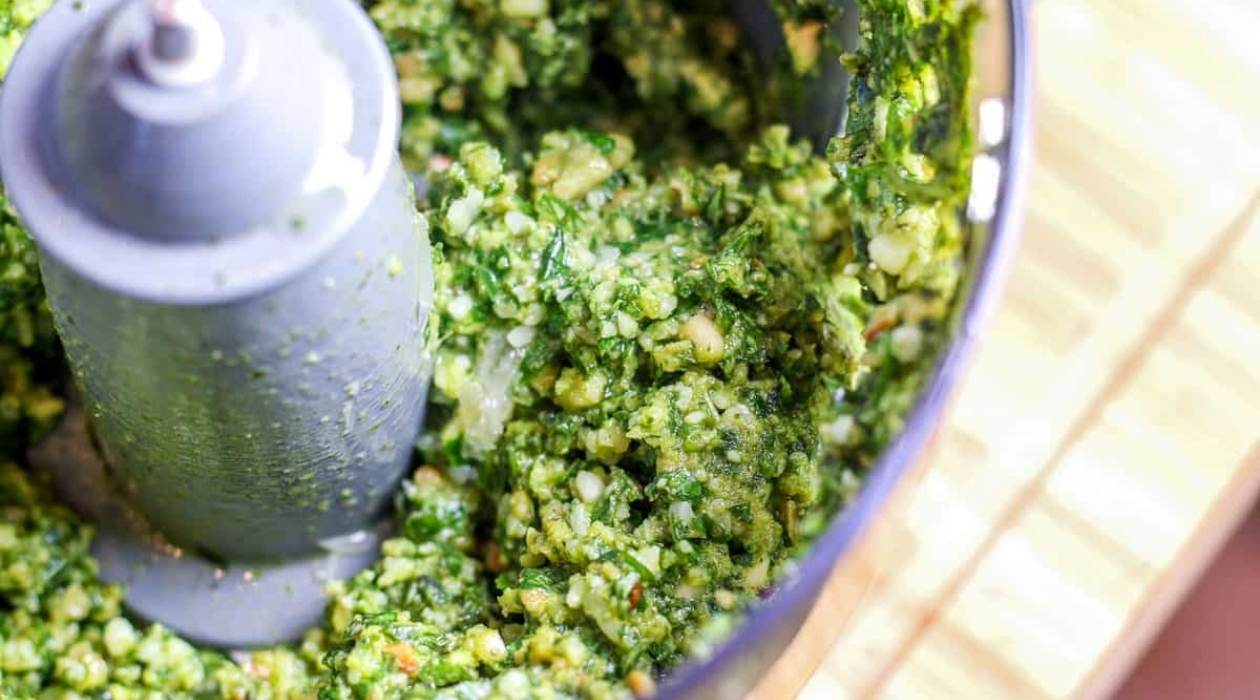
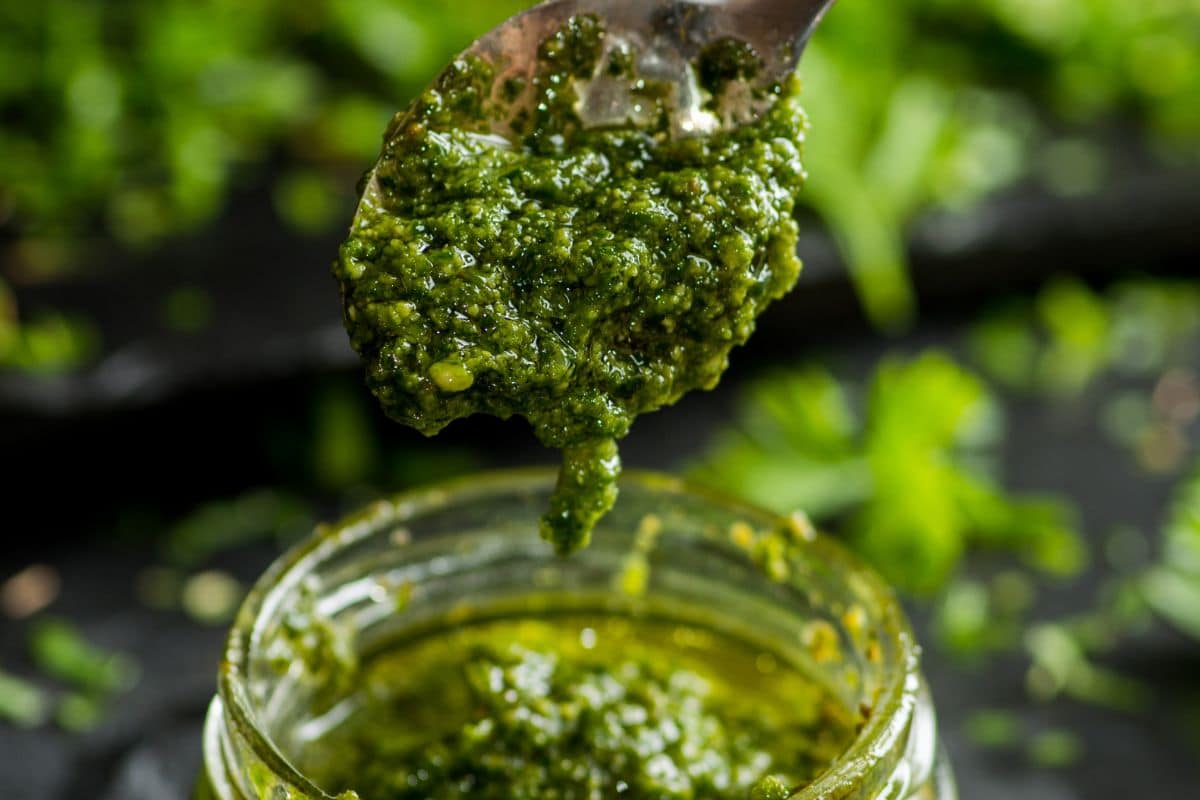
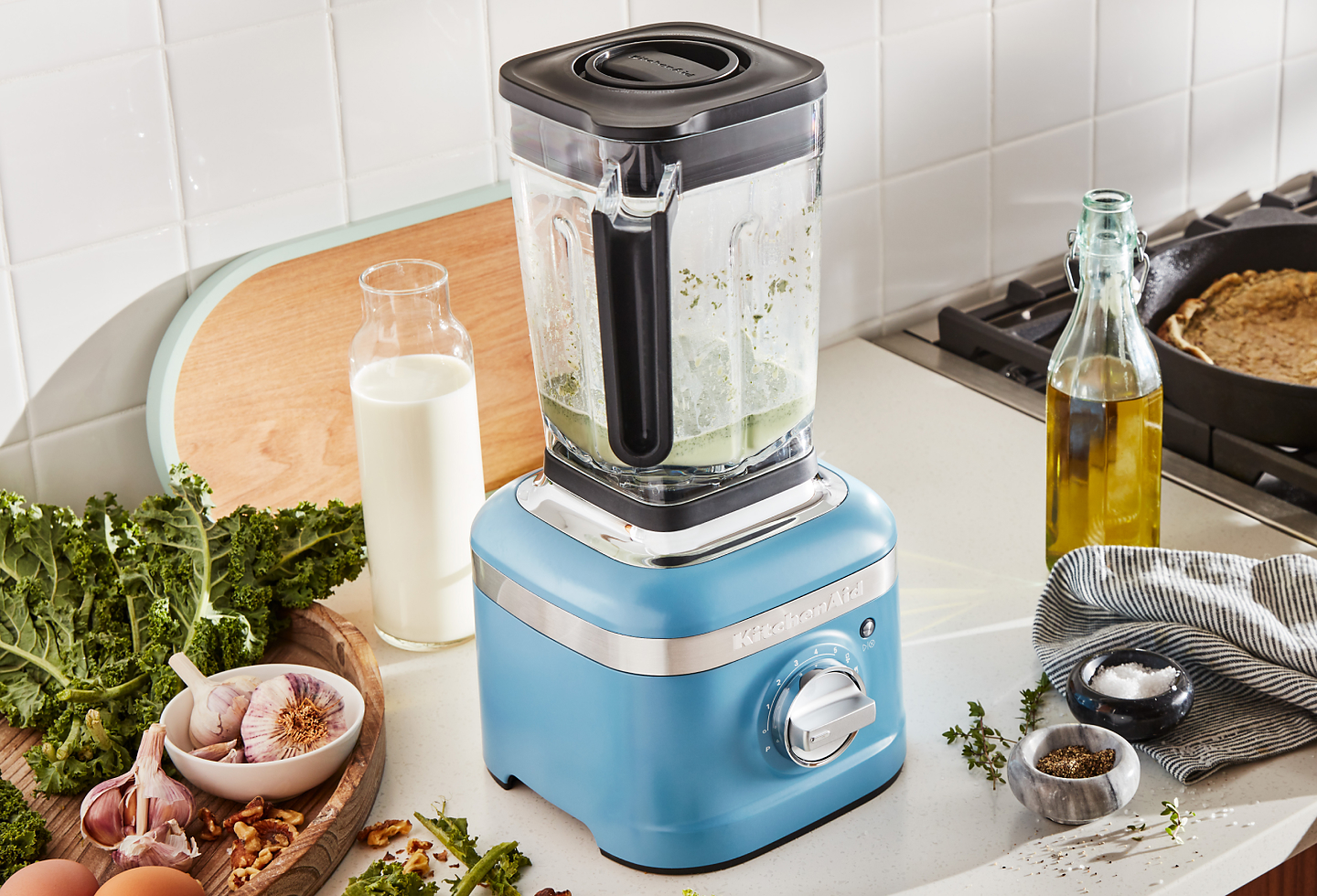

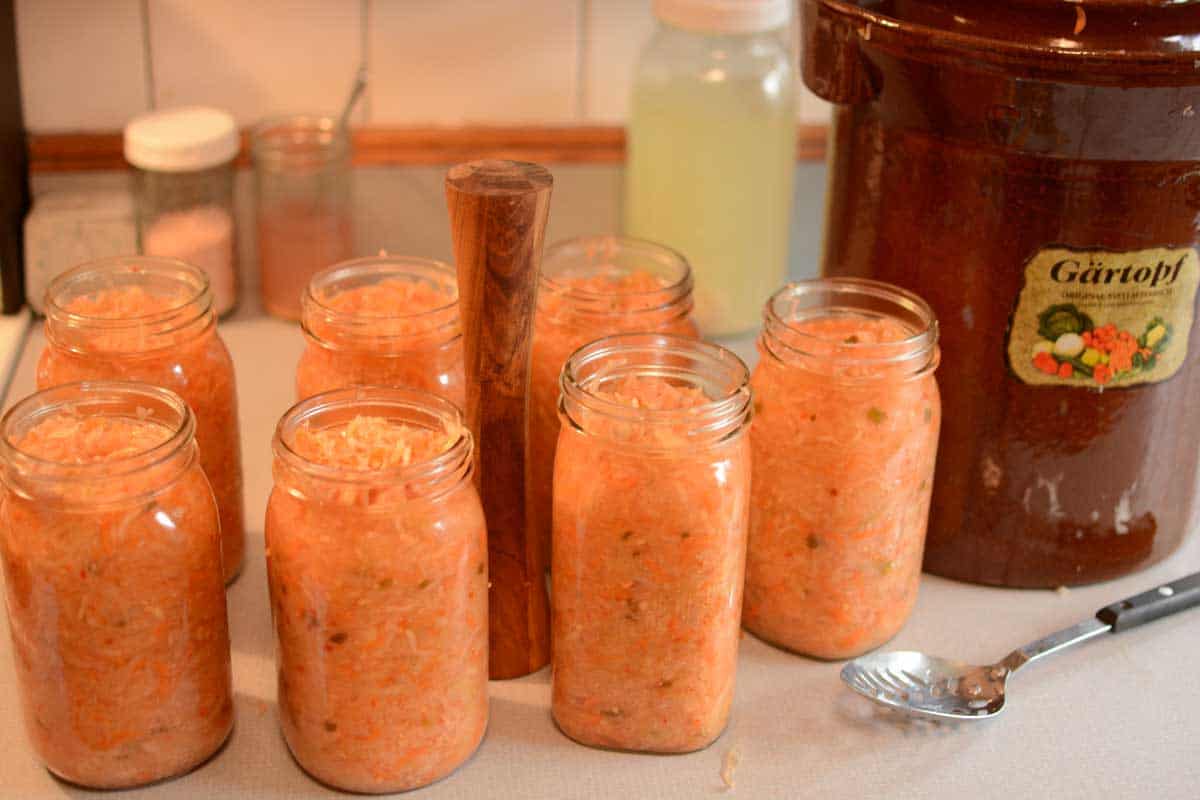

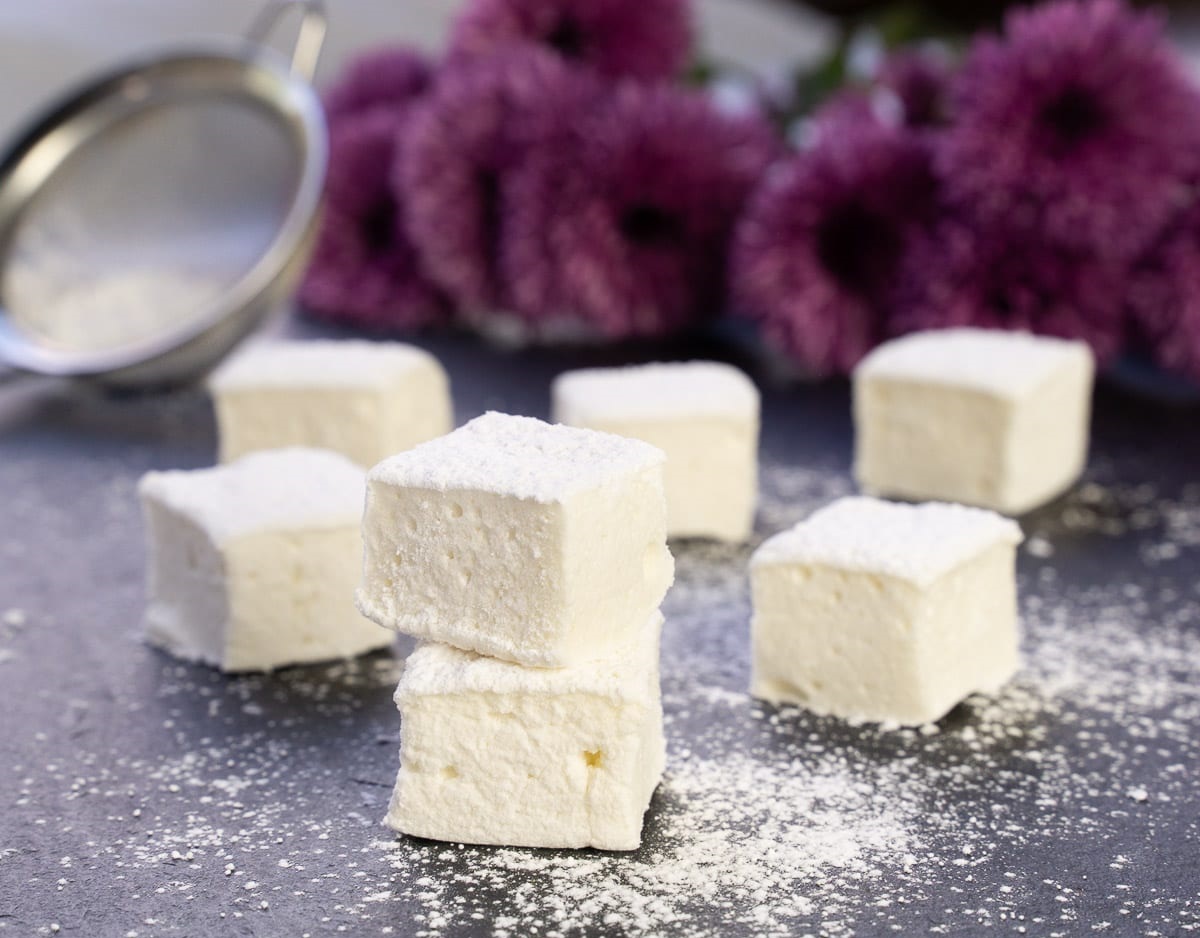


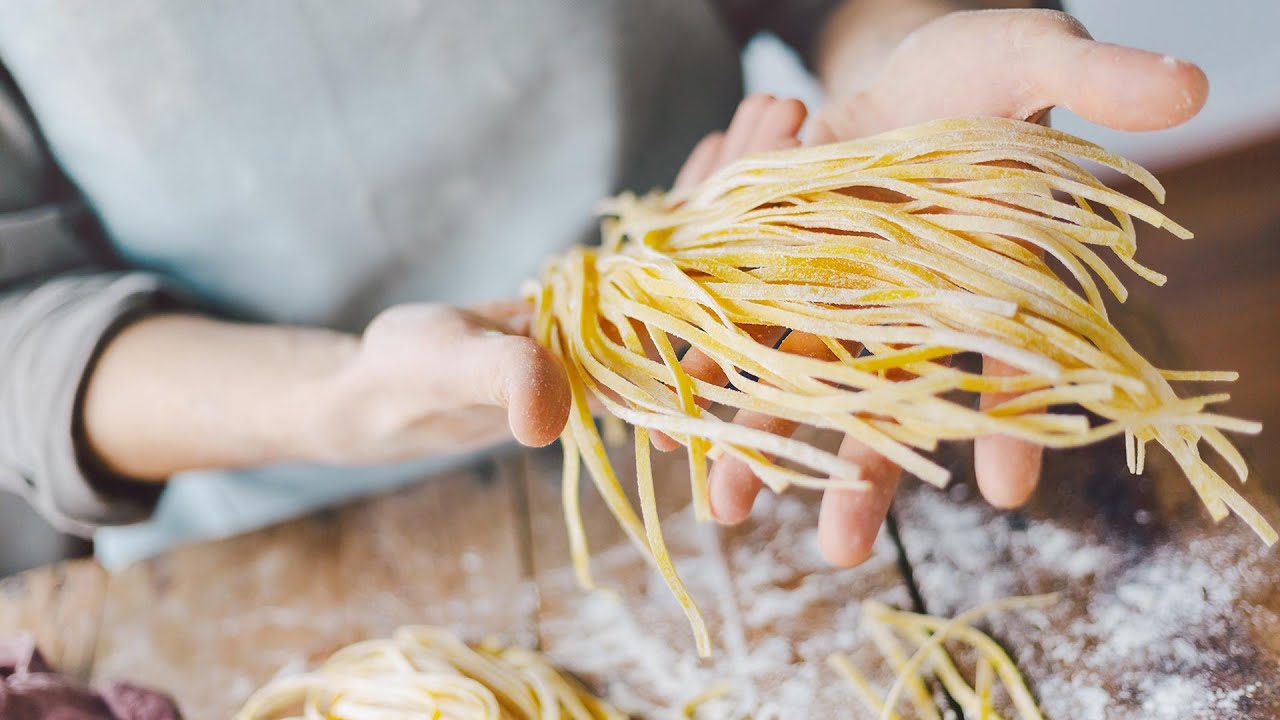
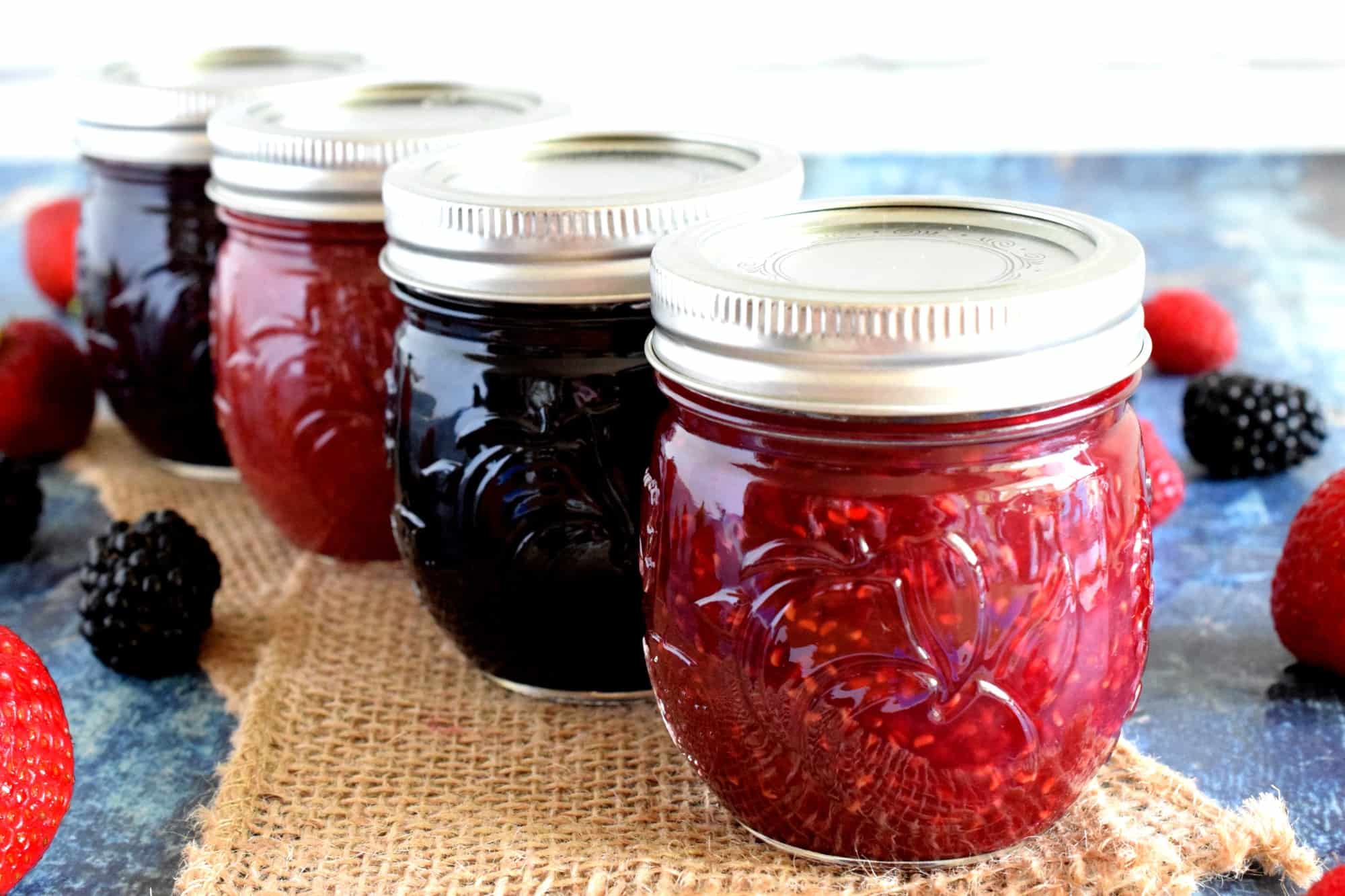

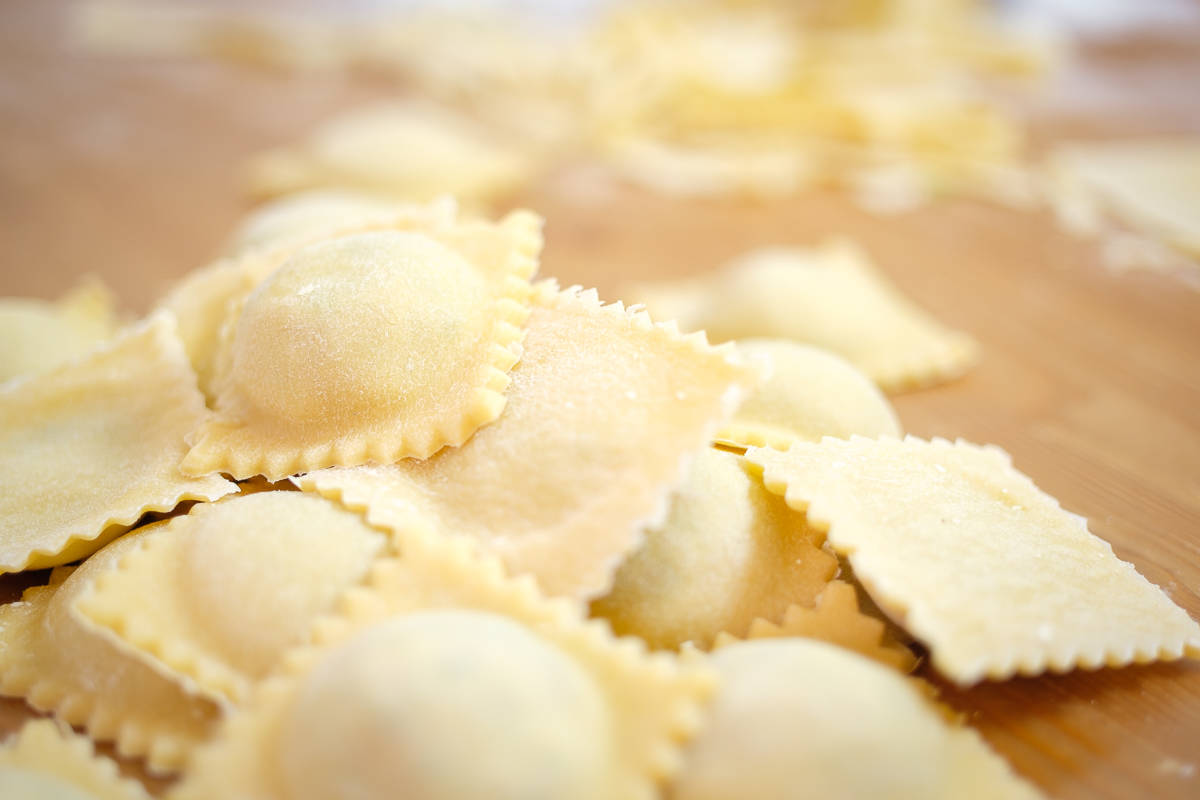

0 thoughts on “How To Store Homemade Pesto”